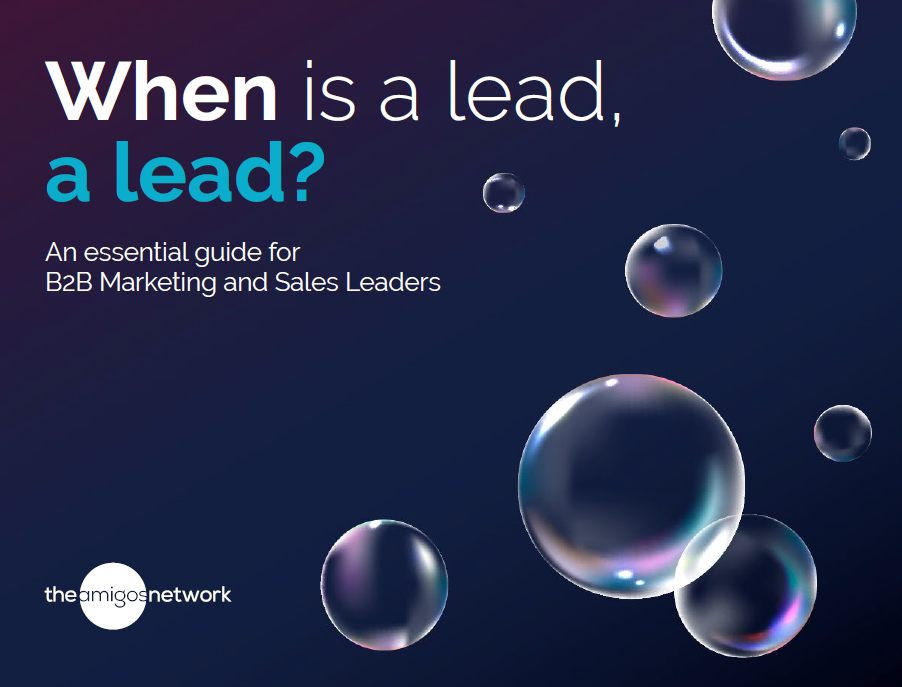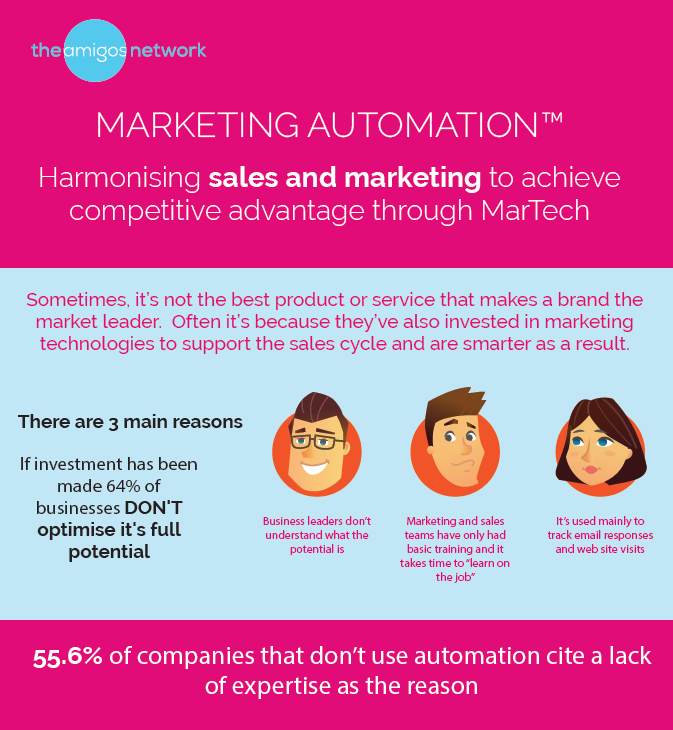Friday, October 11, 2019
So what are the alternatives? In this blog, we’ve taken a look at the role social media is playing and how Social Selling is influencing sales growth.
There’s a lot of scepticism as to the benefits of social media, with most of us seeing little significant growth in followers, let alone tangible leads. But too often, social campaigns are unstructured and unsophisticated, with content that fails to engage existing audiences, or attract new converts.
Social media is about the building of communities through the sharing of mutually beneficial and engaging content. It's fair to say that a review of most social accounts in the IT sector probably falls short on one or both those points, so is it surprising we fail to attract?
Social marketing is unlikely to achieve our growth objectives in isolation but, as part of a comprehensive content strategy, we believe it’s worth no end of unanswered calls and ignored emails.
To get a better understanding of what social marketing can achieve, we looked at past winners of the LinkedIn Marketing Awards to see how they embraced the channel and what lessons we could learn.
Since its launch 30 years ago, technology giant Lenovo has grown to become a £43bn global market leader, making it into theTop 4 list of global technology companies. But in 2014, Lenovo were facing serious challenges reaching new markets.
Their award winning Think Progress campaign came from the realisation that the IT buying process was changing, becoming far more complex and extended, and recognising the need to engage at all of the different stages of the buying journey.
Think Progress used targeted Sponsored Content on LinkedIn to drive engagement and traffic to Lenovo sites, attracting IT influencers throughout the different consideration stages in the buying process. This ‘always-on’ approach engaged audiences around conversational messages, life stories and challenges they could relate to, with more targeted messaging addressing specific issues in the technology buying cycle.
3 years on, Lenovo’s marketing outperformed industry trends and significantly grew its pipeline of high-quality leads. While social media was only one of the marketing pillars, it was instrumental in driving continual awareness and engagement of its commercial and enterprise technologies. 5 years on and Lenovo is recognised as a global technology leader and this is due, in no small part, to the influence of Think Progress and its social strategy.
Impressive, but the IT sector is used to hard numbers, so we looked at other technology businesses to see if we could find more tangible results.
Driven by the failure of their historic email-driven strategy, financial services software company Finastra (formerly Misys) embraced social media to attract C-suite decision makers to its broad product portfolio, trebling the number of impressions for the brand by using LinkedIn’s Sponsored InMail and Sponsored Content. Impressive enough, but do ‘impressions' lead to business?
The precision targeting capabilities of LinkedIn Sponsored Content not only enabled Finastra to reach the right audience, but ensured that content could be tailored to the specific needs and priority issues of different sectors, significantly increasing engagement. With LinkedIn as the primary event driver, they delivered 30% of all event registrations but, more importantly, an impressive 15% of all sales qualified leads.
Finastra and Lenovo are not alone in seeing the benefits of Social Selling, with companies like Dropbox, Salesforce and IBM incorporating award winning social marketing campaigns into their growth strategies.
Dropbox knew they needed to align their sales and marketing disciplines and, following a series of alignment workshops, adopted an always-on approach for their lead generation strategy. Short Burst lead generation campaigns using Social Selling achieved 235% of its Marketing Qualified Lead (MQL) targets and a 29:1 ROI. Now that is impressive.
Always-on - continual campaigns with targeted content and delivery - addresses protracted buying cycles and maximises spend by building ongoing relationships and engagement.
For always-on, content is crucial. Salesforce changed how they presented case studies to focus on the person who actually uses Salesforce, taking a more personal approach to how they engage audiences. As social media is about people, the logic's not hard to see and the outcome supported the strategy with award winning results.
This same approach works for technology leader IBM, who use a number of social channels as part of their broader sales and marketing strategy. For IBM, this is less about leads and more about brand values, with a consistent focus on the audience, not the company, using people to emphasise shared values and build lasting relationships across the audience spectrum.
In terms of hard facts, IBM returned to growth in 2018 and are forecasting continued growth through 2019, which mirrors the launch of their latest award winning marketing initiative.
So does Social Selling work? Our take-out is that social marketing is now an integral part of the sales and marketing mix, but we do need keep in mind that social marketing is about relationships - its not B2B but H2H, (human-to-human).
While businesses pay the bills, people make the decisions and we need to find a more effective way to engage them.
To learn more about how marketmaking embraces Social Selling as part of a seamless sales and marketing growth strategy, get in touch.
































